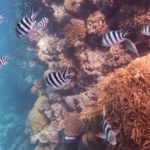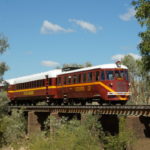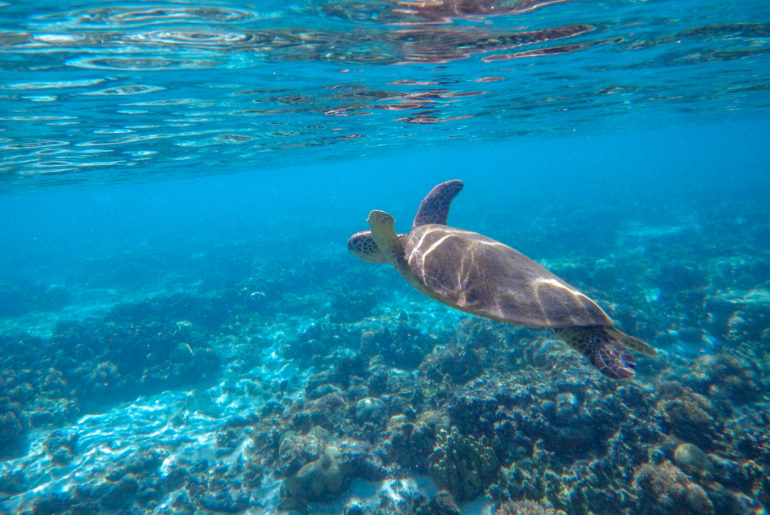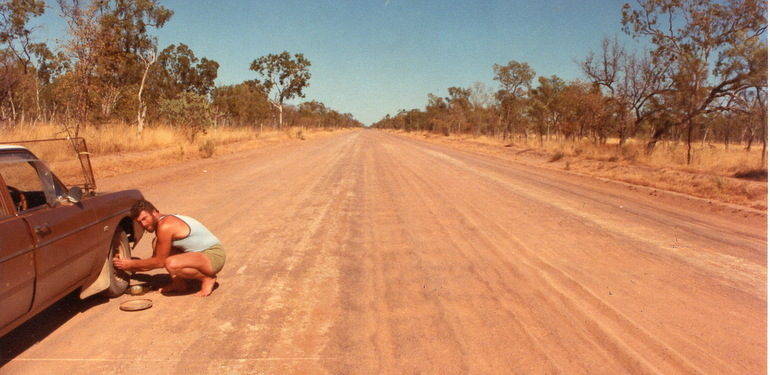The beasts kept coming, a line of black figures marching on the horizon of the savannah.
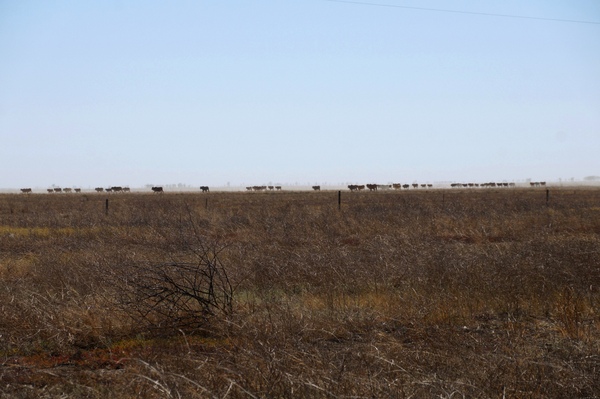
They moved unusually fast, trotting through the paddock and stirring up dust. We pulled over for photos. The herd was stretched out as far as we could see.
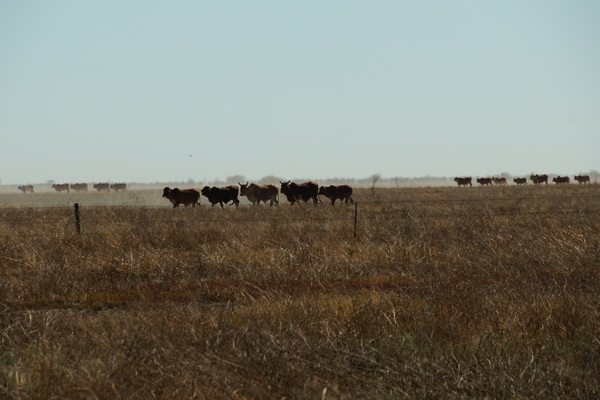
Minutes passed while we admired the orderly procession of cattle. Were they on their way to the waterhole, we wondered. We’d passed one a kilometre back on the road from Karumba. There’s no winter in Gulf Country, just the dry season. The temperature would be close to 30C in an hour or so and the trees in the distance didn’t look like they’d provide much shade. Is that why they’re in a hurry?
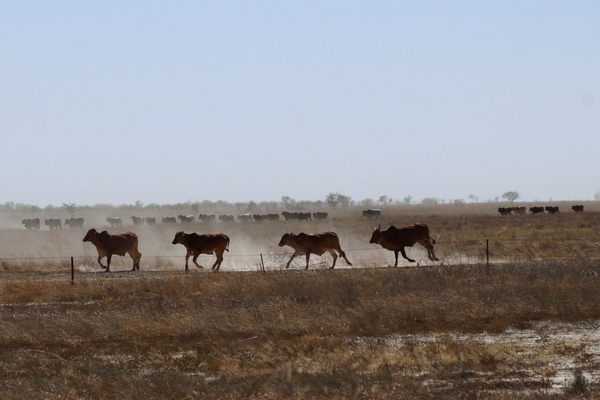
Then we saw the motorbike.
It was a muster.
Outback cattle stations can cover thousands and thousands of acres and the cattle roam at will, kept somewhat in place by the occasional fence and grid over the road. At times it’s necessary to round up the herd, perhaps for drenching or to separate the calves or cattle for sale. Musters were once done on horseback, but are now the work of motorbikes and helicopters.

Given the size of the stations and lack of roads in this part of the country, the odds of witnessing a muster are slim. But this was taking place in the paddocks alongside the only road between Karumba to Normanton, two small towns on the Gulf of Carpentaria in Queensland. It was a rare snapshot into life in the outback.
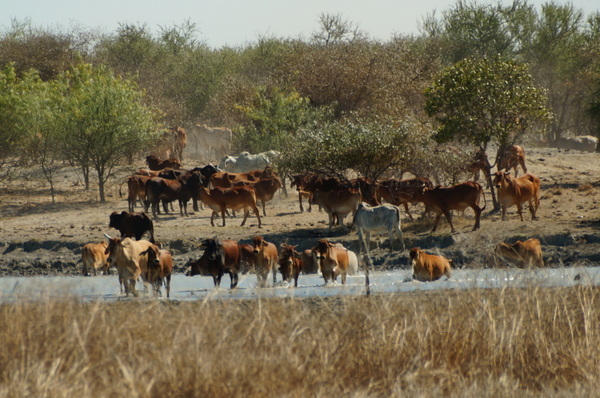
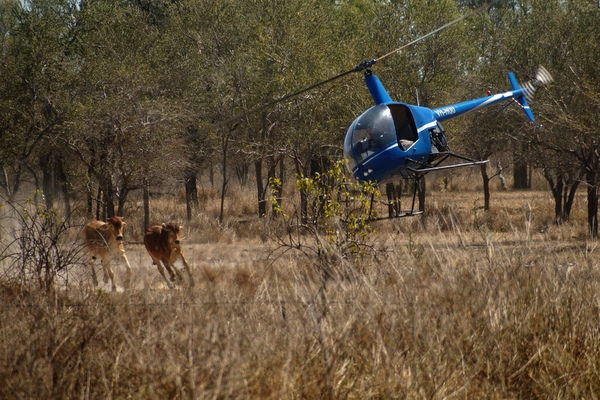
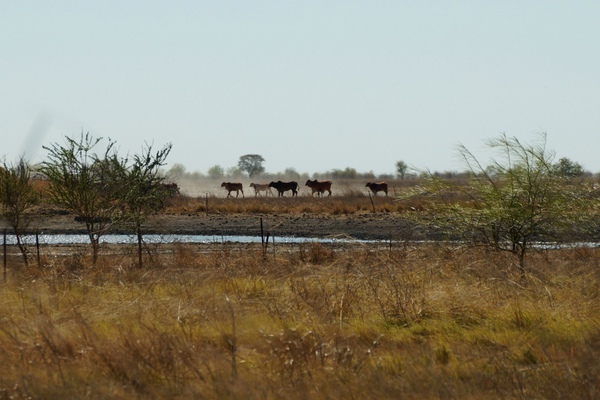
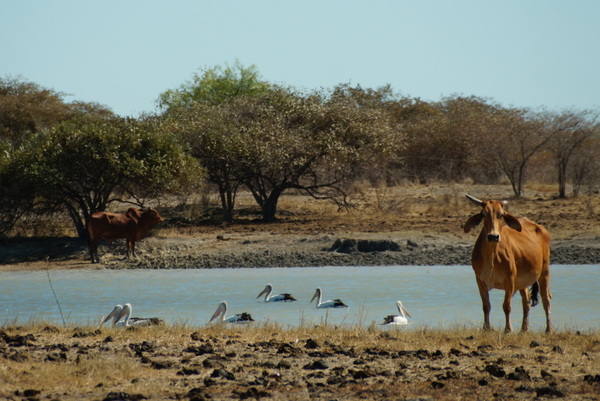
For more than an hour we sat parked on the side of the road, moving every now and then to keep up with the action. Watching a thousand cattle march by is an impressive sight, but it was the helicopters that kept us there.
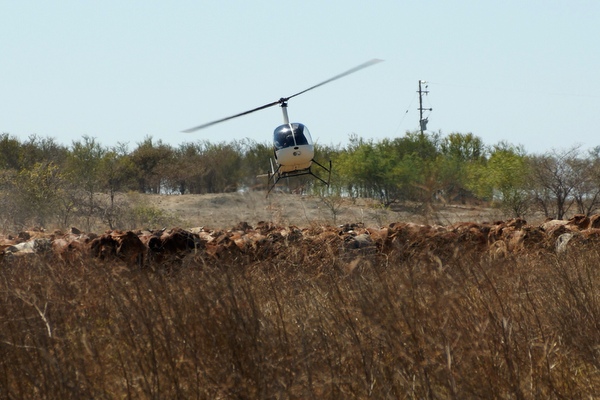
Hovering above the cattle isn’t always enough to keep them moving in the right direction. A few break away and try heading back where they came from or hide among the trees and the pilots have to chase them down. The helicopter pilots looked like stuntmen as they swooped and dived to corral the stragglers or a wayward beast. Often flying ridiculously close to the ground, the pilots dodged overhead power lines, water tanks, trees and each other as they worked. We were listening on the UHF, but there was no chatter between them or the guy on the motorbike. They had a job to do.
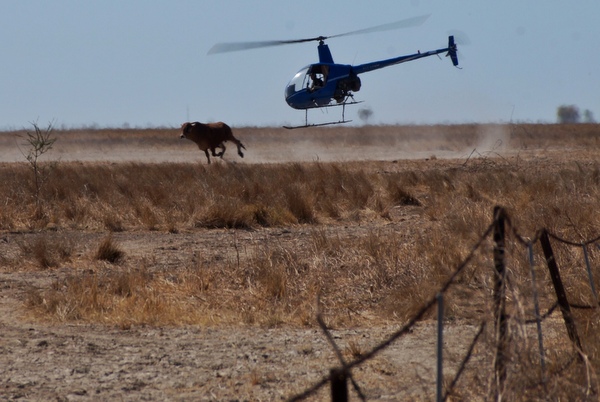
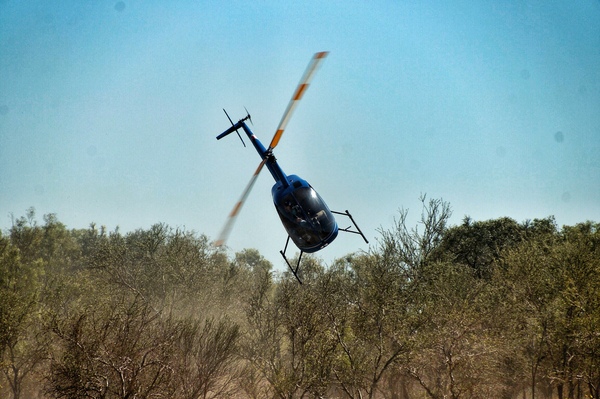
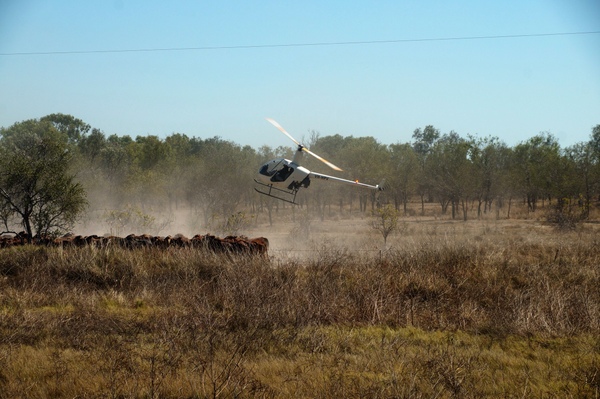
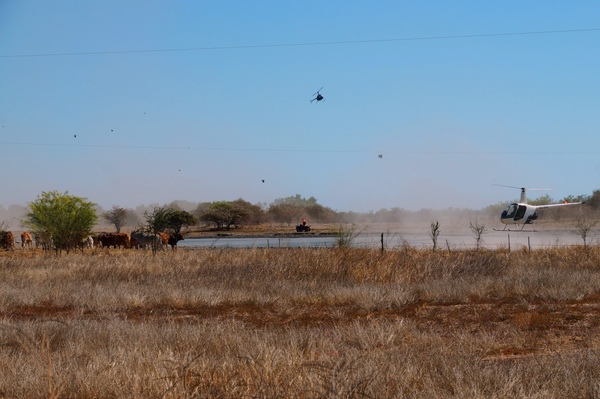
After some confusion at the waterhole where the herd congregated and then dispersed in several directions, the cattle were eventually directed across the road.
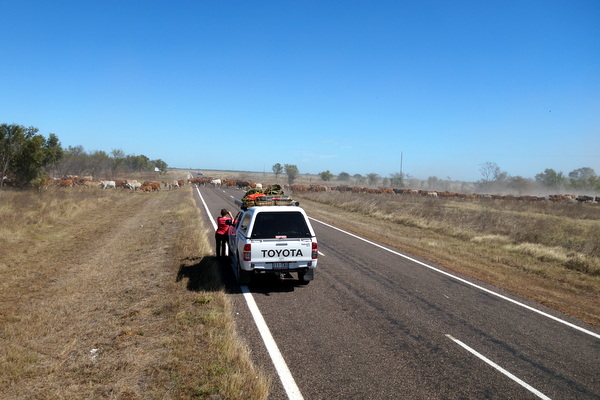
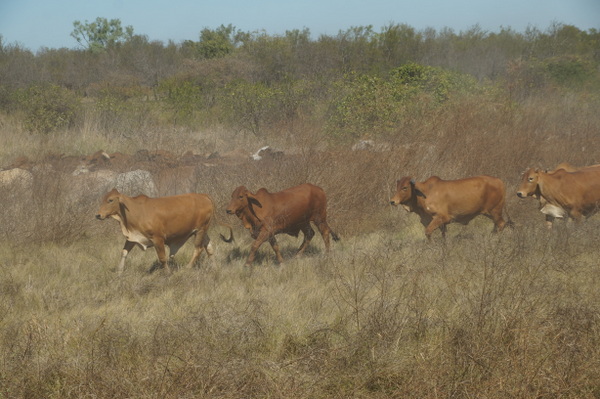
They weren’t the only ones moved on by the roar of the helicopters.
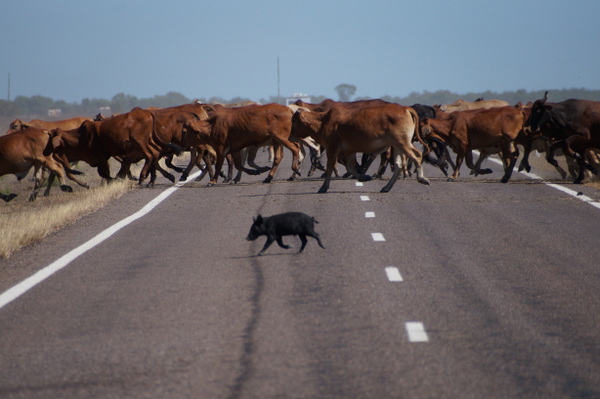
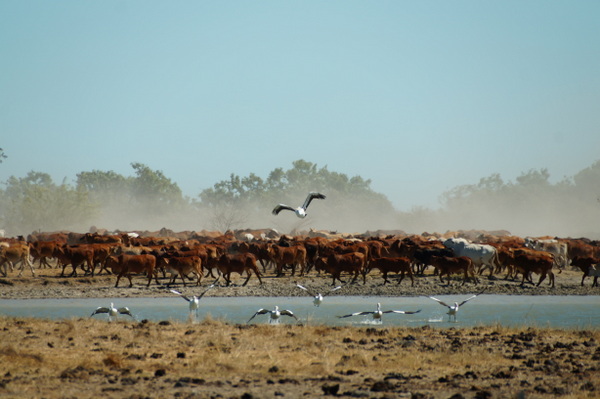
The cattle initially went into a paddock, but a few rebels seemed to miss the turn off and led the rest up the side the road. We started to hear some talk on the UHF channel. The word “moron” was used.
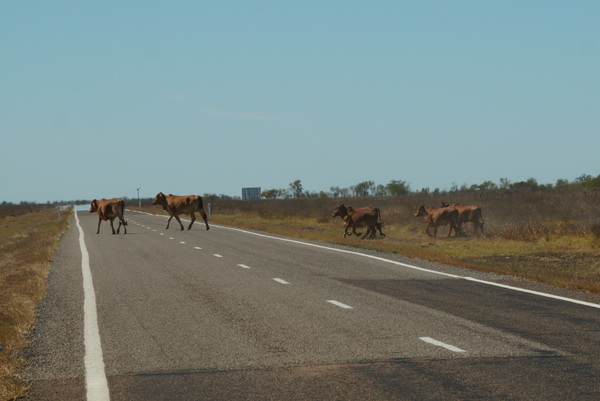
The job wasn’t over yet.

